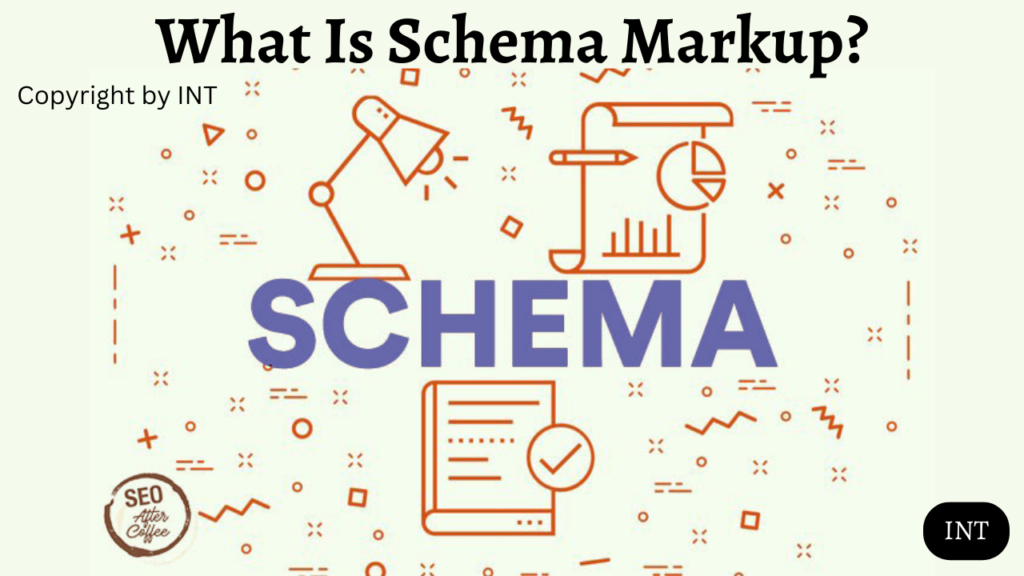What Is Schema Markup?

Schema markup (schema.org) is a structured data vocabulary that helps search engines better understand the information on your website.
When search engines recognize the meaning and relationships behind entities, they can serve rich results or rich snippets.
Schema is a language used to represent data—the actual data is called structured data.
Structured data organizes your page’s content and makes the information easier for Google to understand.
What is Schema markup?
In its simplest sense, structured data is information formatted in a way that can be universally understood. For webpages, this means search engines are more easily able to tell what a page is about, and the different elements it contains, allowing them to return more useful results to searchers.
Schema.org is a markup vocabulary for structured data developed by Google, Microsoft, Yahoo, and Yandex, with the goal of creating a structured data markup that all search engines can understand.
Why is schema markup important for SEO?
Schema markup improves your website for both search engine crawlers and users. The details that it provides help crawlers understand the main topic of your content. It helps them distinguish different pieces of content from one another to truly understand the page as a whole.
It is considered a form of technical SEO because it exists in the backend of your website. Although searchers can’t see the markup data, they can see the rich snippets that it creates.
Research by Milestone Inc. found that targeting rich results can potentially double your organic traffic (depending on your industry and niche). Although schema markup doesn’t directly generate rich or featured snippets, it improves your content and makes it more detailed. Having lots of content details is important for getting a rich snippet from the search engine.
The point of doing SEO is to improve your SERP rankings and get more people to visit your website. Schema markup makes your listings more user-friendly, increasing your potential click-through rate (CTR) and making your content better in the search engine’s eyes.
How does Schema markup work?
Schema.org marks up the individual elements of a webpage, like pictures or names, with specific code that tells a search engine exactly what that page element is.
The way this is done depends on the type of structured data markup you choose to use on your web pages.
The full list of things that you can mark up with Schema can be found here. Although it seems extensive, it doesn’t by any means cover everything that you might want to feature on a webpage, so there will be some things that the vocabulary just doesn’t exist for yet.
But the vocabulary is always being updated and expanded, and if you’re ambitious, you can even add an extension of your own.
How to add schema markup to your site
Although it can seem overwhelming at first, schema markup doesn’t require extensive coding knowledge. The schema.org vocabulary is semantic HTML code created by Google, Yahoo, and Bing. This means that as long as you understand HTML, you should be able to use schema markup.
There are other data vocabularies available, but the information found at https://schema.org is the most popular. Before you start tagging a web page, determine the most accurate schema type for its content. Once you’ve done that, it’s only a matter of writing, testing, and publishing the markup on your website.
Types of Schema Markup
Schema markup is code that describes elements on your website in a language that all major search engines understand. That way, search engines can present users with richer results.
A how-to markup, for example, tells Google that a specific piece of content is a step-by-step guide. Google can then give searchers a preview of each step within the search results page:
Logo Markup
Logo markup tells Google what your logo is. That way, your correct logo will appear in the Google knowledge panel every time someone searches for your company.
Local Business Markup
Local Business markup points out which elements of your website contain contact information, your address, and other important business details. Google then displays that information in a Local Business Panel on the right side of certain SERPs.
This markup ensures that Google gives those searchers the right information and encourages local foot traffic.
Sitelink Markup
Sitelink markup adds extra navigational links to your listing on the results page. Instead of just a link to your home page, searchers will also see links to your careers tab, blog, and other important pages.
Product Markup
Product markup gives Google more information about products listed on your site so that searchers can see more details directly on the results page.
It also gives Google an image of your product that can appear in Google Image Search. Image searches make up 22.6% of all searches, so you can miss out on a lot of traffic if you ignore them.
Review Markup
The review markup adds a star rating to the bottom part of your results page entry. It shows searchers what other people think of your site or products. This is helpful because customers are more likely to purchase products with reviews.
For the more latest news visit the site.
The post What Is Schema Markup? appeared first on India News time, INT News.
This content was originally published here.


